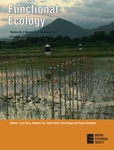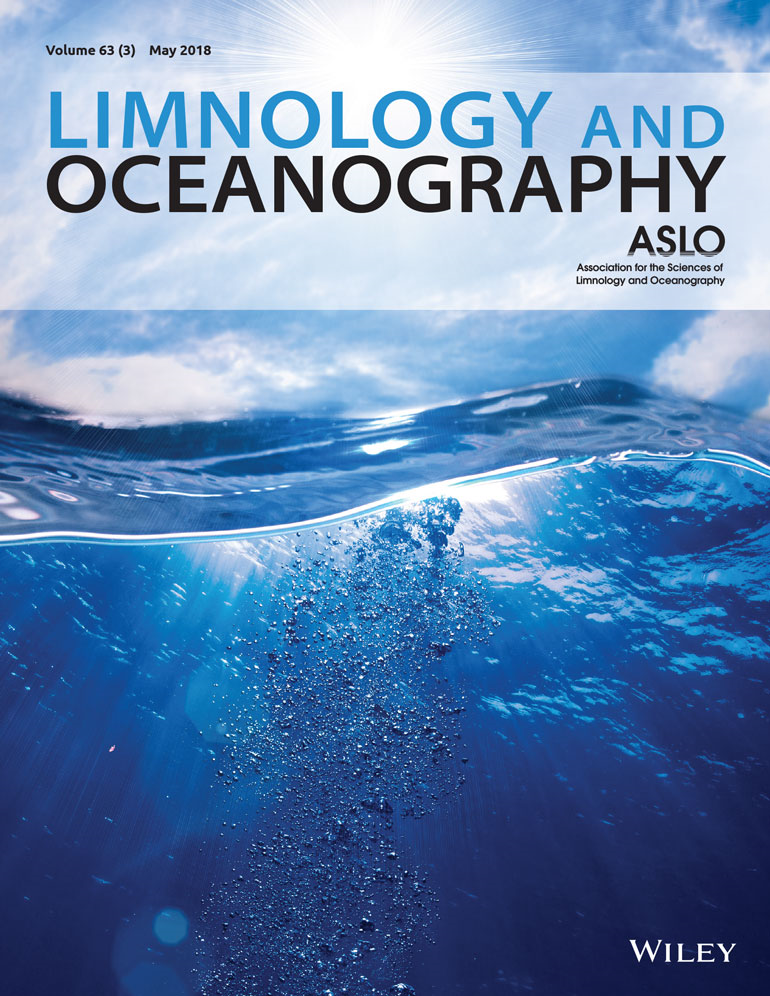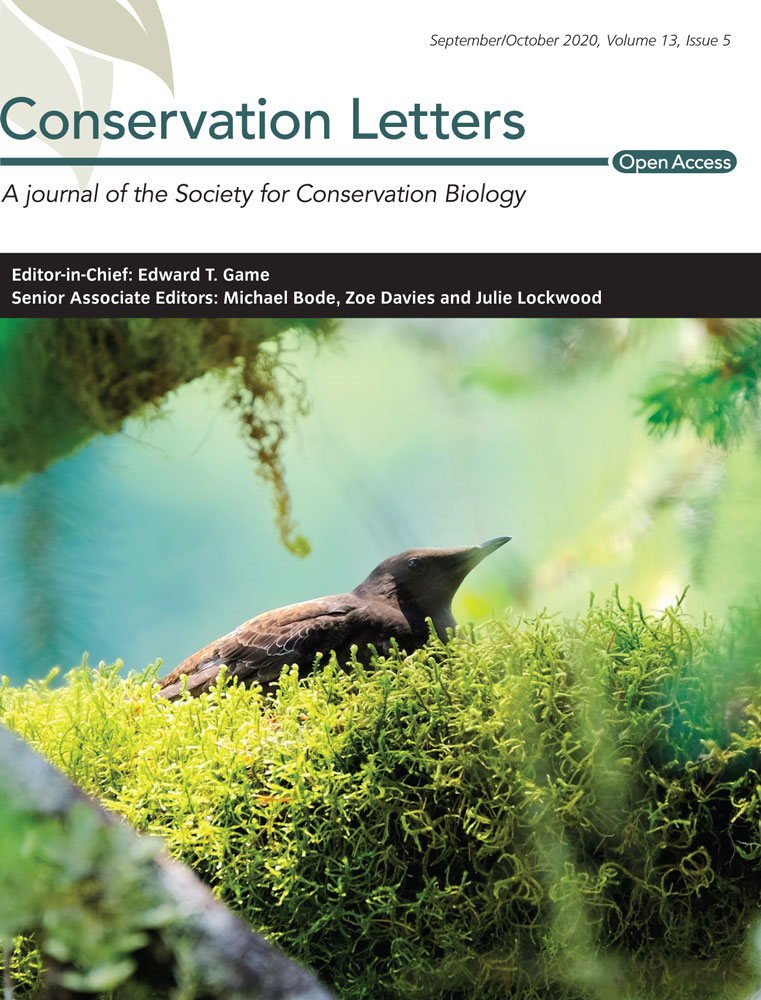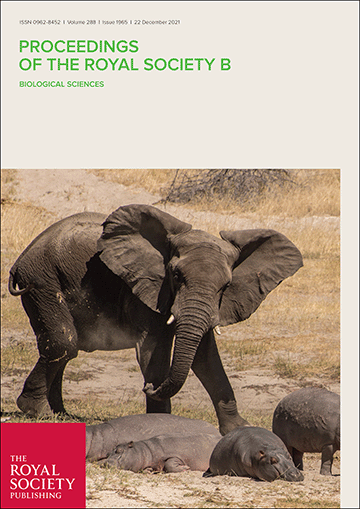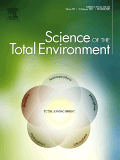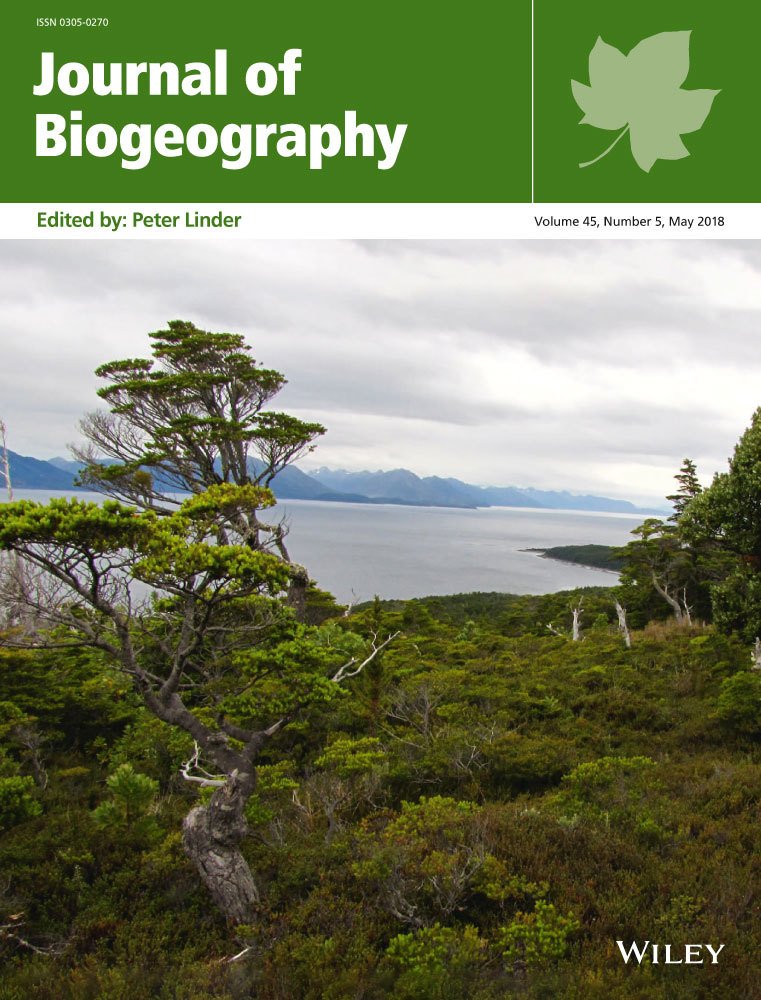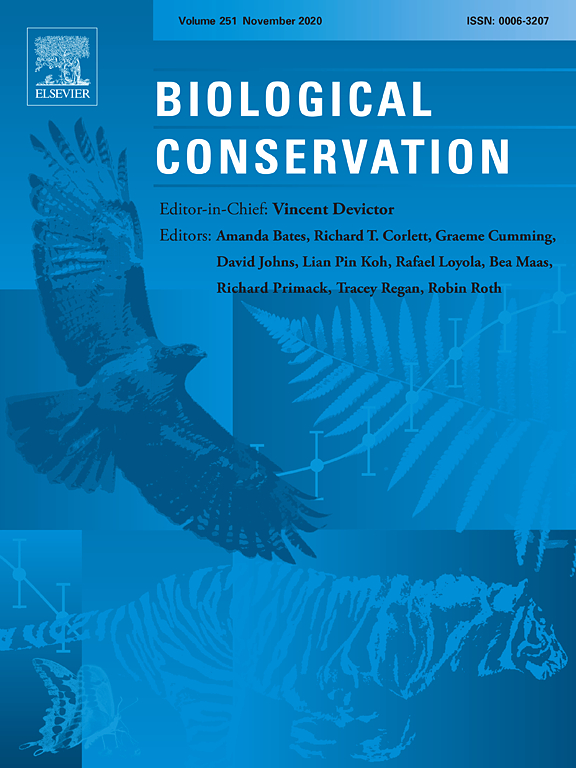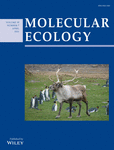- Topic:Biodiversity
Experimentally decomposing phytoplankton community change into ecological and evolutionary contributions
The authors experimentally quantified ecological and evolutionary contributions to total phytoplankton community change in response to elevated CO2 concentrations. They show a novel experimental approach to study ecological and evolutionary contributions to community features, and observed a decline in phytoplankton abundance to elevated CO2 that could be mainly explained by ecological changes.
Corrigendum to: The global Microcystis interactome
The authors surveyed the microbiome associated with Microcystis aeruginosa during blooms in 12 lakes. Their results indicate that M. aeruginosa is cosmopolitan in lakes across a 280° longitudinal and 90° latitudinal gradient. The microbiome communities were represented by a wide range of operational taxonomic units and relative abundances which determine the success of the cyanobacteria blooms.
Local disconnects in global discourses: the unintended consequences of marine mammal protection on small-scale fishers
Efforts to protect sea lions along South America's west coast have contributed to species recovery, but also to conflict between sea lions and small-scale fisheries. To understand the concerns, the authors assessed how 301 coastal small-scale fishers perceive their interactions with the sea lions. They propose solutions to manage conflict that are sensitive to heterogeneity among fisher groups.
Setting robust biodiversity goals
The new global biodiversity framework (GBF) must drive action to reverse the decline of biodiversity. However, the draft goals and targets fail to set out these clear outcomes. The authors propose modifications that would help to reveal the specific contribution of each action and provide clarity on whether the achievement of action targets would be adequate to achieve the outcome goals.
Genomic regions associated with adaptation to predation in Daphnia often include members of expanded gene families
The authors investigated the genetic basis underpinning the adaptation of prey to predation. The expansion of multiple gene families might be a key evolutionary event for Daphnia to survive in a habitat containing predators. For example, the expansions of gene families associated with chemoreception and vision allow Daphnia to enhance detection of predation risk.
Non-English languages enrich scientific knowledge: the example of economic costs of biological invasions
The authors compiled global economic cost data of invasive species from non-English sources. A large number of costs were added for new invasive species and new countries. As a result, global cost estimates of invasions increased by 16.6% (US$ 214 billion). Multi-language collaborations are necessary to enrich scientific knowledge, to enhance data completeness and reduce knowledge gaps.
Setting robust biodiversity goals
The new global biodiversity framework (GBF) must drive action to reverse the decline of biodiversity. However, the draft goals and targets fail to set out these clear outcomes. The authors propose modifications that would help to reveal the specific contribution of each action and provide clarity on whether the achievement of action targets would be adequate to achieve the outcome goals.
Spatial and local environmental factors outweigh geo-climatic gradients in structuring taxonomically and trait-based β-diversity of benthic algae
The authors examined different facets of β-diversity of stream benthic algae in northeastern China. They found that local environmental and spatial factors are more important than geo-climatic variables in structuring taxonomically and trait-based β-diversity of benthic algae.
Impacts of loss of free-flowing rivers on global freshwater megafauna
The study shows: if all the proposed dams were built, 19 percent of free-flowing rivers that are longer than 500 km and inhabited by freshwater megafauna will lose their free-flowing status. The study also finds that freshwater megafauna diversity is higher in future fragmented free-flowing rivers than in rivers that would remain free-flowing in the future or that are already fragmented.
Trade-offs between reducing complex terminology and producing accurate interpretations from environmental DNA: Comment on “Environmental DNA: What's behind the term?” by Pawlowski et al., (2020)
Explosive growth in “environmental DNA” studies has led to inconsistent use of the term “eDNA”. The confusion could jeopardize research, conservation, and management efforts. The authors argue that eDNA should be defined by its origin rather than by methods used to detect it, and that studies must clearly distinguish between eDNA from whole organisms and from trace amounts found in shed cells.


